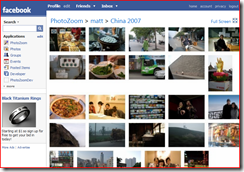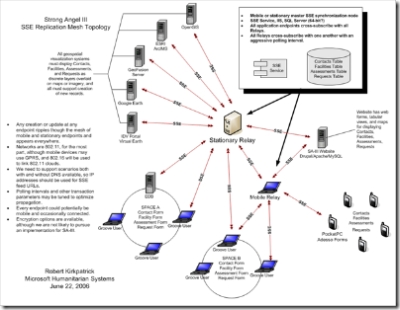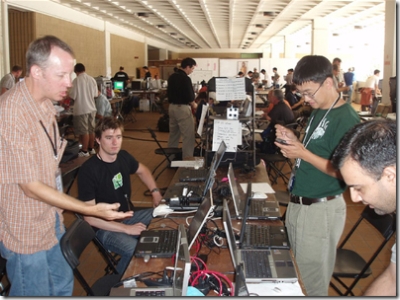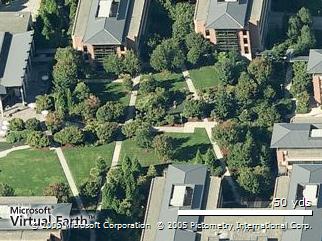It’s been about a month since PhotoZoom released, and I’ve added several new features since then. Many of these features were by popular request of users who’ve sent me lots of valuable feedback.
Photo upload control
I wrote a very simple Silverlight upload control in managed code, using the OpenFileDialog class. You can select multiple jpeg files to upload them in a batch.
Embed albums in other pages
At the bottom of the page for each album, there is a text field titled “Embed this album,” which contains the HTML source for the album’s Silverlight Streaming application. You can copy the contents of this field and paste it into the HTML body of any web page to add that album, along with its zooming controls, to the page. Hint: you can change the values of width and height to whatever you like.
Album Processing Performance
We’ve made several performance changes that have improved the throughput of Deep Zoom album processing, which means that your albums should, on average, be processed sooner after uploading photos and become “zoom-able.” It still takes some time though, especially for large albums. Stay tuned for further improvements in this area.
PhotoZoom Facebook application
I’ve created a PhotoZoom application for Facebook that you can install, which adds thumbnail links to PhotoZoom albums to your  profile. It imports your Facebook photo albums automatically, each time you visit the settings page (open by clicking the PhotoZoom icon in the applications list on the left side of your Facebook profile). You can select which ones to show on your Facebook profile. Albums you create within PhotoZoom are also available for selection in all their full-resolution glory.
profile. It imports your Facebook photo albums automatically, each time you visit the settings page (open by clicking the PhotoZoom icon in the applications list on the left side of your Facebook profile). You can select which ones to show on your Facebook profile. Albums you create within PhotoZoom are also available for selection in all their full-resolution glory.
The cover photos of the albums you select will show up in the PhotoZoom box on your profile for others to see. Clicking on one loads the Deep Zoom album in the canvas page. You can view it in full screen mode by clicking the link above the album.
Any new albums you create or photos you add to existing albums will be picked up and processed the next time you open the settings page.
I hope you enjoy the new features. Try them out, and as always, keep the feedback coming.





 Posted by techmatt
Posted by techmatt 

